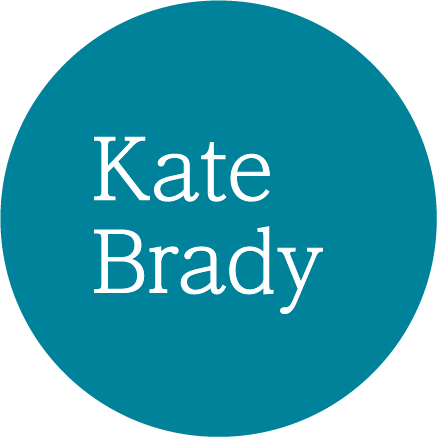Communicating in Recovery by Red Cross
In 2009, in the months following the Victorian Black Saturday bushfires I was part of a small Red Cross team doing an extensive needs assessment in affected communities. We were trying to identify where we could be of best use in the longer-term recovery efforts in the gruelling years to come.
My colleague Loren Hackett (now Loren Tuck) and I would get in the car in the early hours of the morning and drive around and attend meetings, meet with a range of different groups and would talk to anyone who would talk to us. There were formal meetings, but lots of informal chats too. If people stopped us in the street, we talked to them. If people asked why we were there, we’d talk to them. If we were buying food and the staff wanted to tell us something, we’d talk to them.
At the end of each day on the way home, we’d look at the extensive notes we’d made and after a few months we set to work mapping it all out and trying to find the common threads.
One of the most persistent themes was around communication – not enough of it, too much of it, it not working, it not being right, tremendous, back-breaking efforts falling flat. General frustration from those who wanted information and those who were trying to put information out there. We kept hearing these frazzled pleas from service providers saying “surely someone has documented why this is different after a disaster” and we assumed they were right. So one of the tasks we set ourselves was to find that document and circulate it.
Despite a lot of looking, we didn’t find “it”. When our own searches failed, we asked our colleagues from NGO’s, government and community groups around the country, and then internationally, but didn’t find anything quite right. But when we went to the academics, we found loads of information. Most of it was helpful, but all of it was in formats that no one in the thick of it could use.
With the support of some funders, we appointed the enormously clever Luke Gracie to get cracking on it. He synthesised reams and reams of academic research and then put together a draft and went and road tested it. He and Loren changed it and adapted it until people doing the work in communities told us it was helpful.
We had it finalised, and printed and loaded online, won a bunch of awards and felt pretty happy with it all, thinking our job was done. We were then asked to develop training, which took us down a whole other path, but those sessions have been undertaken with thousands of people now.
Fast forward to 2022 and Communicating in Recovery has been given a timely overhaul. The second edition was expertly shepherded by Arjan Cheema and Shona Whitton amongst others, and is an updated, excellent resource that still provides help to people who get thrown into the deep end of this type of work.
Communicating in Recovery has a number of sections that provide helpful advice, including:
Why communicating in post disaster settings might be different
Rules and principles for recovery communications
How to undertake a communication needs assessment
Practical tips and ideas for different modes of communication
Things you need to think about to ensure your communication material is inclusive
Communicating in post disaster settings remains a huge challenge in many communities, but if this is something you’re working on, Communicating in Recovery will hopefully provide you some help and reassurance.

